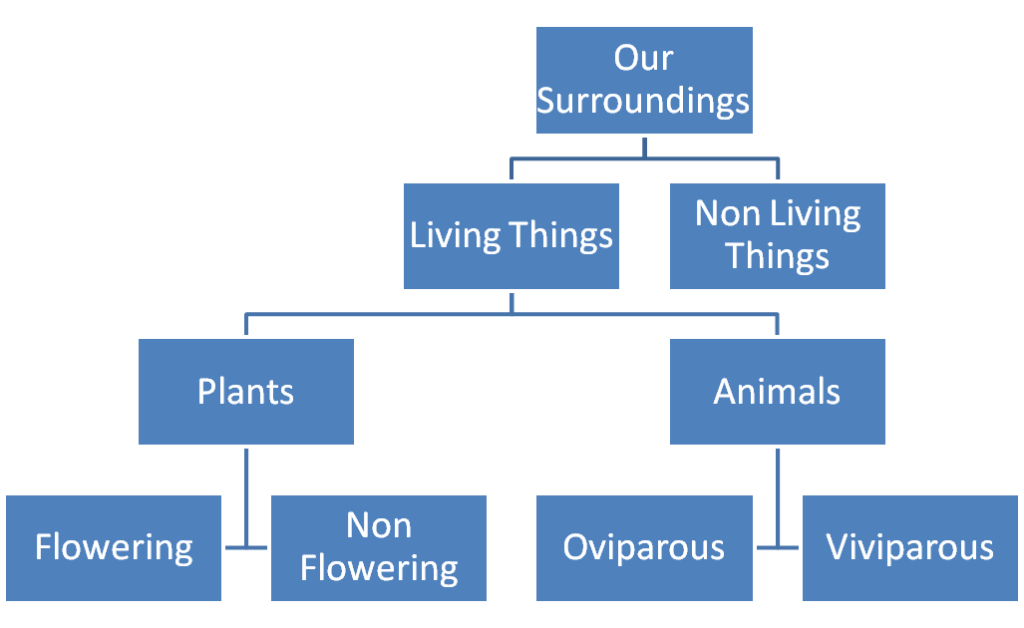Std 5 English Lesson 28 All about Money Answers
Maharashtra Board Class 5 English Solutions Chapter 28 All about Money
Balbharti Maharashtra State Board Class 5 English Solutions Chapter 28 All about Money Textbook Exercise Important Questions and Answers
Maharashtra State Board Class 5 English Solutions Chapter 28 All about Money
English Balbharati Std 5 Digest Chapter 28 All about Money Textbook Questions and Answers
Meanings
barter – exchange of one thing for another.
Cowries – small shiny shells that were used as money in the past in parts of Africa and Asia.
Things to do:
1. Write a short note on ‘money’.
Ans. We all need money to buy things and to pay people who work for us. Today we use money in the form of coins and notes. In India we use coins of one rupee, two rupees, 5 rupees and ten rupees. There is even a coin of twenty rupees in circulation now. We use notes of ten, twenty, fifty, hundred, two hundred, five hundred and two thousand rupees. But different countries use different coins and notes. Their money is known in different names. In the USA it is called cents and dollars, in UK it is called penny and pounds. Paper money was first used in China about 1000 years ago. Paper money or notes have no value of their own, but a note is a ‘promise’ to give that much money. Paper money is printed only by the government. You must use your notes carefully. You should not write on the notes or tear or crumple the notes, or damage them in any way. You should also be careful when you spend money. People have to work hard to earn money!
2. Look at the diagram above. It is called a tree diagram because it has ‘branches’. Now read the following and draw a tree diagram to show this information.
Things in our surroundings form two groups – living things and non-living things. Living things are of two kinds, plants and non-flowering plants. If we consider animals, we see that some animals lay eggs. They are oviparous animals. Some animals give birth to their young ones. They are viviparous animals.
Answer

3. Make meaningful sentences from the following table.
| She was tired She wanted to buy a car He was angry He did not know the answer They did not have money He did not read the book | but | She finished her homework. She had no money. He did not fight. He did not copy his friend’s answer. They lived happily. He knew the story. |
Ans. 1. She was tired but she finished her homework.
2. She wanted to buy a car but she had no money.
3. He was angry but he did not fight.
4. He did not know the answer but he did not copy his friend’s answer.
5. They did not have money but they lived happily.
6. He did not read the book but he knew the story.
4. Ask your parents or other grown ups to show you some used notes. Observe them carefully. Have they been used properly? Write your observations.
Answer: Students should solve on their own
5. Write an autobiography of a hundred-rupee note. (8-10 lines.)
Ans. Hello! I’m a hundred rupee note. Now I look worn out but about 10 years ago I was printed at the Currency Note Press in Nasik. At that time I was bright, beautify and attractive. From there I was taken to the Reserve Bank of India along with my other companions. We stayed there for a few days, but then we all got separated as we were sent to different banks. I was taken the State Bank of India. By the next day I was handed over to a business man Mr. Bharat. Soon I found myself being exchanged for goods and services. But now after 10 long years of service I am back in the Currency Note Press in Nasik to be sent to the recycle department and made anew. So bye-bye for now, till we meet again.
 JK Academy
JK Academy